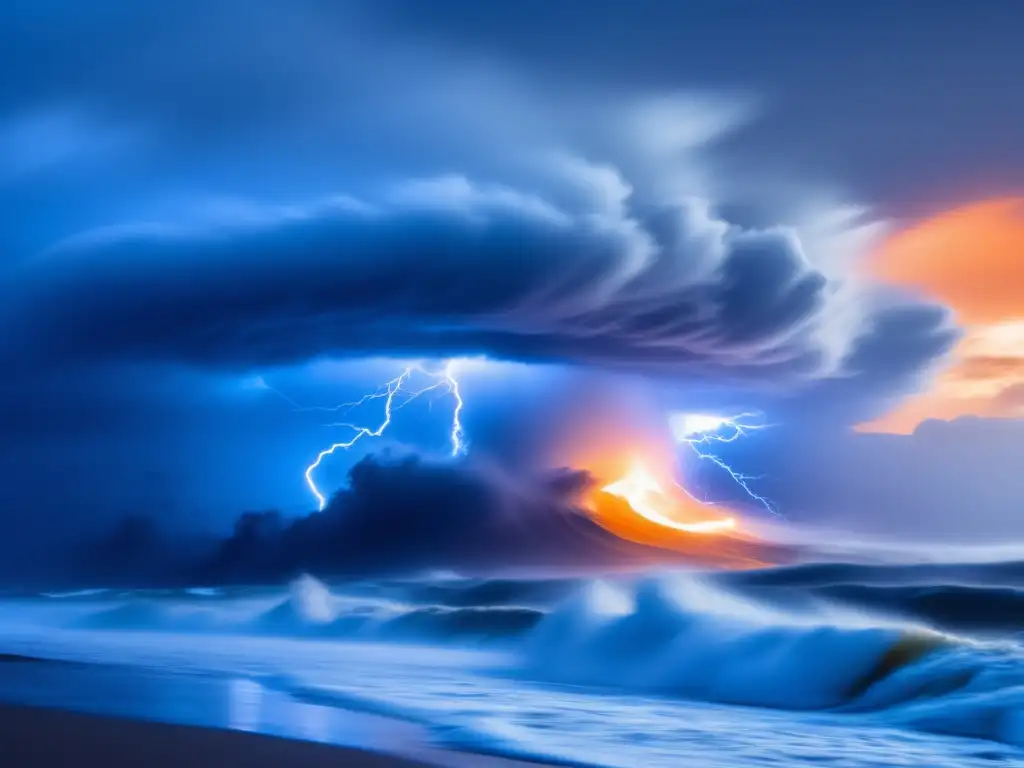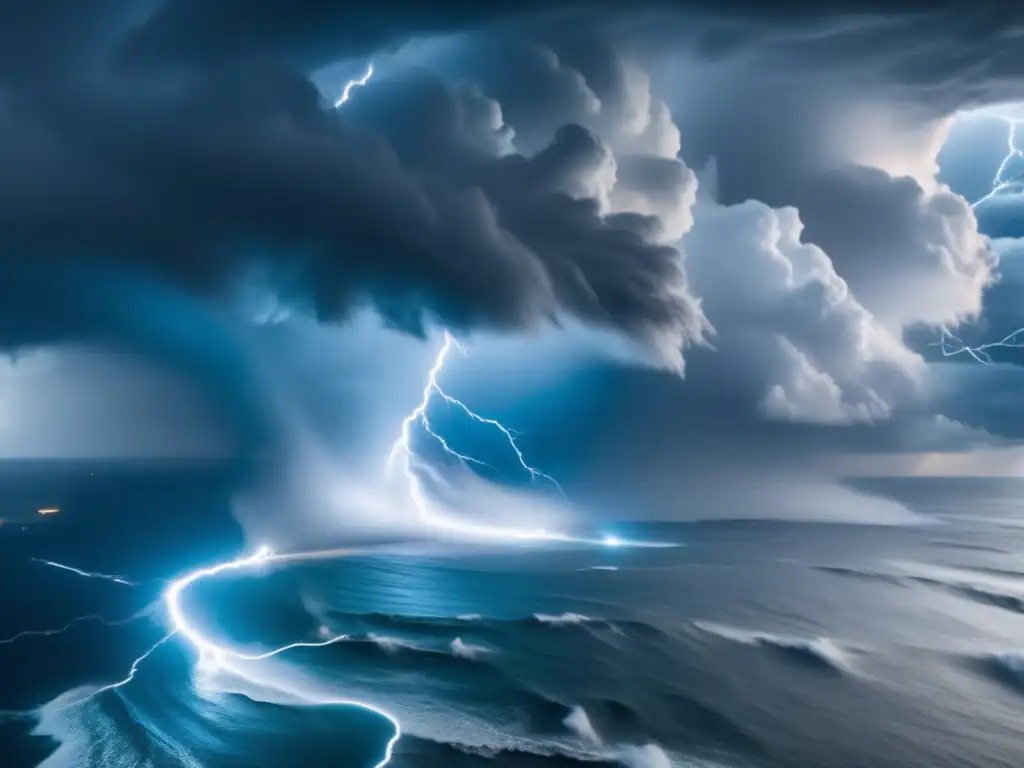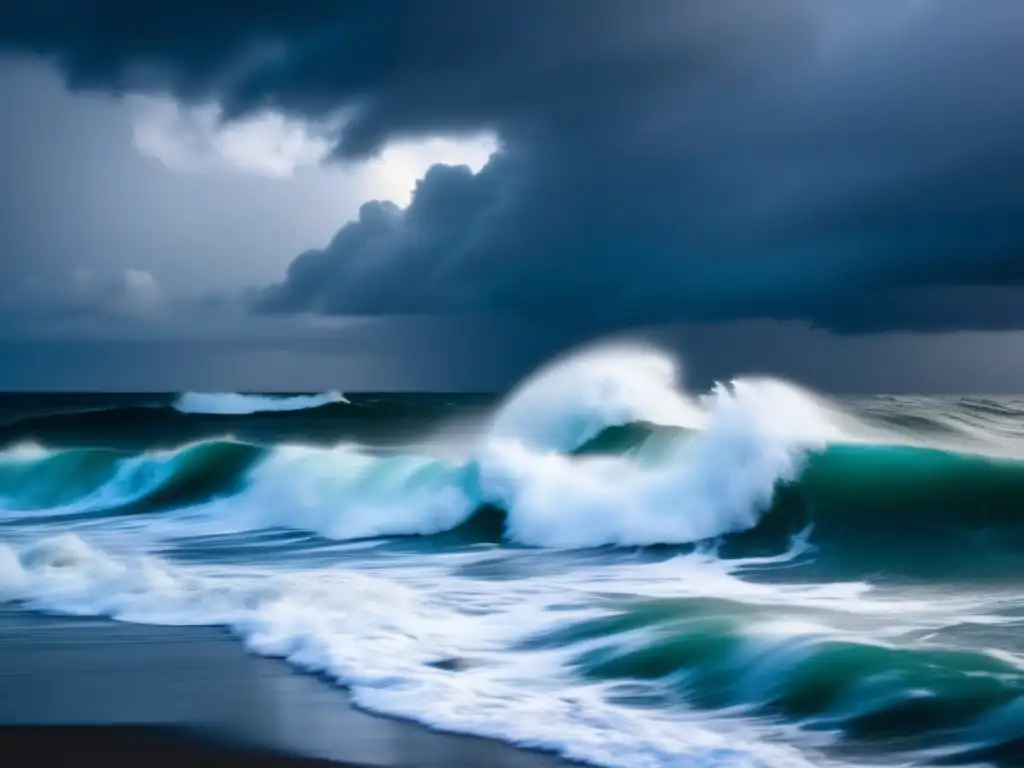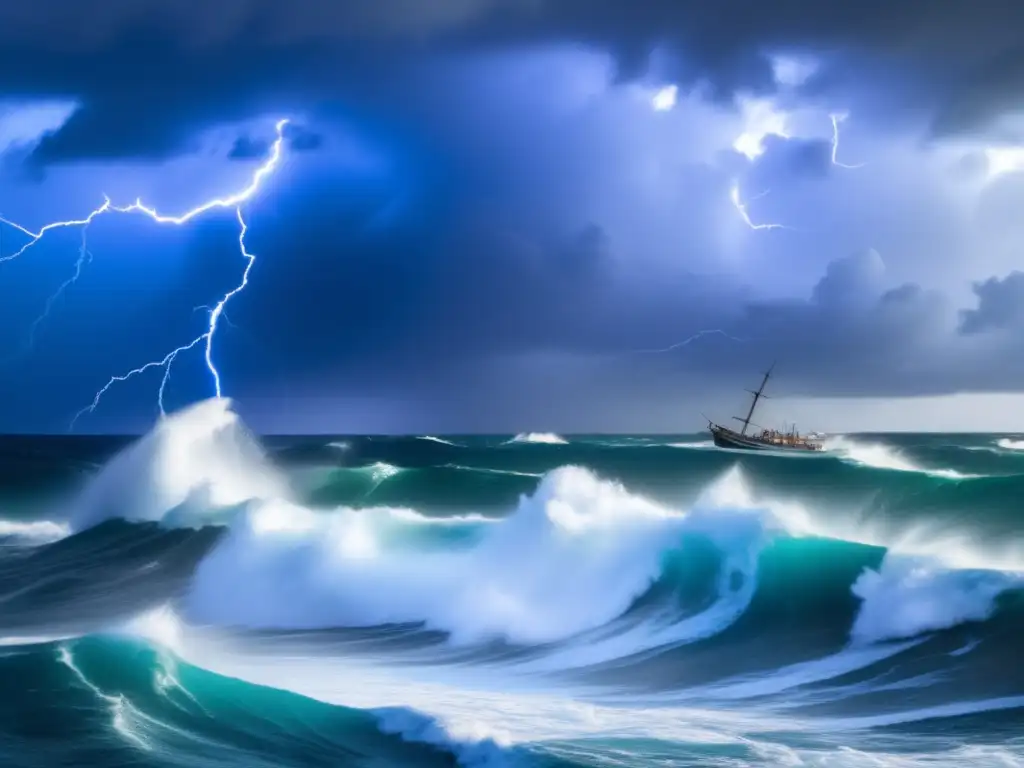The Relationship Between Ocean Temperatures And Hurricanes

The Relationship Between Ocean Temperatures and Hurricanes
Introduction
As we know, hurricanes are one of the most dangerous weather phenomena on Earth. These strong tropical storms can cause a lot of damage to property and take lives if the necessary precautions are not taken. Therefore, it is essential to understand the drivers behind hurricane formation and what makes them so potent. One significant factor that influences hurricane development is ocean temperature. In this article, we will explore the complex relationship between ocean temperatures and hurricanes.
The Basics of Hurricane Formation

Tropical Depression Formation
A cyclone becomes a tropical depression when warm moist air over the ocean rises, creating an area of low pressure. As more air flows towards the low-pressure area, it rises, leading to even lower pressure. This cycle creates a spiral of strong winds around the center known as a "tropical disturbance."
Tropical Storm Formation
The tropical depression strengthens into a tropical storm when the maximum sustained winds intensify to 39 miles per hour (mph) or more. Tropical storms start developing a circular shape because of the Coriolis Effect, which causes the storm to rotate. As the storm rotates faster, its winds increase, and it becomes more organized offering the potential for further intensification.
Hurricane Formation
When a tropical storm's wind speeds reach 74 mph or higher, it becomes a hurricane. At this stage, the storm undergoes rapid intensification and can become a Category 5 hurricane with winds exceeding 157 mph. Once formed, the hurricane obtains much of its energy from the warm ocean waters.
The Importance of Ocean Temperature for Hurricane Formation

Warm Water is a Primary Fuel Source for Hurricanes
Warm water is essential for hurricane formation and the intensification process. As the name suggests, hurricanes form in tropical regions over warm waters, where temperatures are typically 80 degrees Fahrenheit (26.7 Celsius) or more in the top layer. The warmth of the water provides the energy needed for the hurricane to grow and build strength. When the tropical cyclone moves over warm ocean water, the heat transforms the water into vapor, creating more energy and intensifying the storm.
The Role of Ocean Depth in Hurricane Development
Another factor that plays a role in hurricane development is ocean depth. Hurricanes are affected by both the temperature and depth of the ocean; shallow waters tend to cause storms to weaken because it cannot efficiently provide the necessary heat and moisture to the atmosphere. Conversely, deep water has the opposite effect, providing a steady supply of heat to maintain hurricane strength.
The Effects of Climate Change on Ocean Temperatures and Hurricanes

Rising Ocean Temperatures
Increasing global temperatures lead to rising ocean temperatures, which will likely lead to more intense and frequent hurricanes. A study by the National Oceanic and Atmospheric Administration (NOAA) found that over the past 50 years, ocean surface temperatures have risen by 0.5-1°F per decade. If this trend continues, the warmer ocean temperatures could result in an increase of Category 4 and 5 hurricanes by as much as 45%.
Impacts on Coastal Communities
With the continual increase in hurricanes, coastal communities face a higher risk of damage to their property and lives. Specifically, regions such as Florida, the Gulf Coast, and the Atlantic coast of the United States are vulnerable to the increasing number of hurricanes that develop each year. These hurricanes bring heavy rains, high winds, flooding, and storm surges that can wreak havoc on the environment and cause significant damage to coastal infrastructure.
Investing in Climate Resilience
To mitigate the impact of hurricanes, it is essential to take steps towards climate resilience. Coastal communities can invest in effective infrastructure and land-use planning methods, such as the use of green infrastructure, to help protect the area from the potential impacts of hurricanes. There is also a significant need for increased effort in reducing greenhouse gas emissions, which contributes to climate change and rising ocean temperatures.
Frequently Asked Questions

-
Can Hurricane formation occur without warm waters?
No, warm water is critical to the formation of hurricanes because it provides the energy needed for the hurricane to grow and intensify.
-
Are there any other factors that play a role in hurricane development?
Yes, there are several other factors that affect hurricane formation and intensity, including wind shear, atmospheric instability, and moisture content in the atmosphere.
-
When do tropical storms become hurricanes?
Tropical storms become hurricanes when the maximum sustained winds reach 74 mph or higher.
-
How can we reduce the impact of hurricanes?
We can mitigate the impact of hurricanes by investing in resilient infrastructure and reducing greenhouse gas emissions that contribute to climate change.
-
Which regions are most vulnerable to hurricanes?
Regions such as Florida, the Gulf Coast, and the Atlantic coast of the United States are vulnerable to hurricanes due to their location in areas prone to hurricane development.
Conclusion
The relationship between ocean temperatures and hurricanes is significant and complex. Warm waters and deep oceans play crucial roles in hurricane formation and intensification. However, with the increasing threat of climate change, ocean temperatures could continue to rise, leading to more frequent and severe hurricanes in vulnerable coastal areas. By investing in climate resilience measures and taking action to reduce greenhouse gas emissions, we can mitigate the effects of hurricanes and protect coastal communities.
We hope this article provides valuable insight into the influence of ocean temperatures on hurricane formation and increases awareness of the importance of climate resilience for coastal communities.
Additional Resources

 Understanding Hurricane Watches And Warnings
Understanding Hurricane Watches And Warnings The Role Of Satellites In Hurricane Detection And Tracking
The Role Of Satellites In Hurricane Detection And Tracking Tropical Storms Vs Hurricanes: Key Differences
Tropical Storms Vs Hurricanes: Key DifferencesIf you want to discover more articles similar to The Relationship Between Ocean Temperatures And Hurricanes, you can visit the Basic knowledge about hurricanes: category.
Leave a Reply

Articulos relacionados: